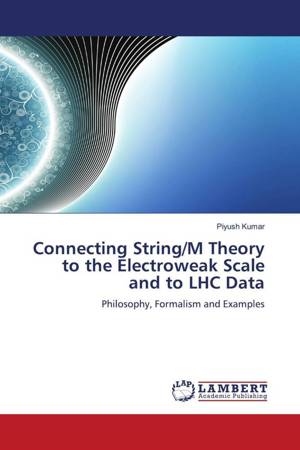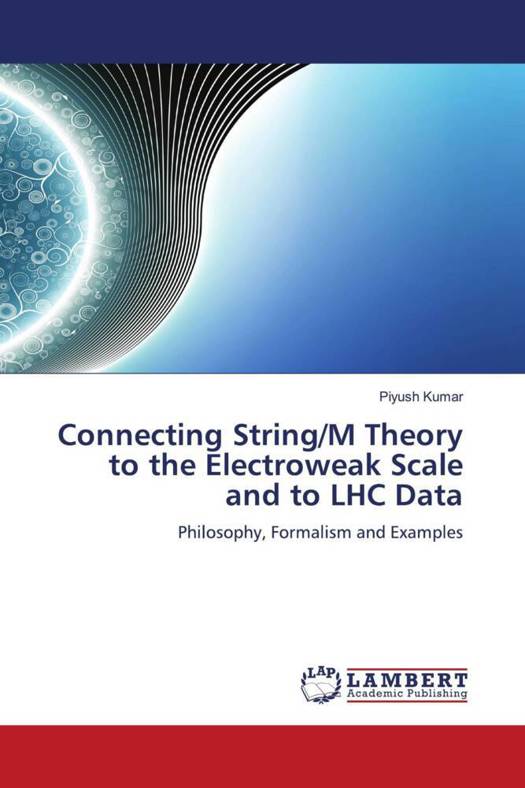
- Afhalen na 1 uur in een winkel met voorraad
- Gratis thuislevering in België vanaf € 30
- Ruim aanbod met 7 miljoen producten
- Afhalen na 1 uur in een winkel met voorraad
- Gratis thuislevering in België vanaf € 30
- Ruim aanbod met 7 miljoen producten
Zoeken
Connecting String/M Theory to the Electroweak Scale and to LHC Data
Philosophy, Formalism and Examples
Piyush Kumar
Paperback | Engels
€ 77,95
+ 155 punten
Omschrijving
The Standard Model of particle physics explains (almost) all observed non-gravitational microscopic phenomena but has many open theoretical questions. We are on the threshold of unraveling the mysteries of the Standard Model and discovering its extension. This could be achieved in the near future with the help of many experiments in particle physics and cosmology, in particular at the Large Hadron Collider (LHC) in CERN, Switzerland. Assuming that data confirming the existence of new physics beyond the Standard Model is obtained, one is left with the very important and challenging task of solving the "Inverse Problem" - "How can one deduce the nature of the underlying theory from data?" This work explores this question in detail, and also proposes an approach to address the problem in a meaningful way which could prove crucial to the possible solution to this problem in the future. The methods used and results obtained in this work will hopefully be of great importance in solving the Inverse Problem.
Specificaties
Betrokkenen
- Auteur(s):
- Uitgeverij:
Inhoud
- Aantal bladzijden:
- 312
- Taal:
- Engels
Eigenschappen
- Productcode (EAN):
- 9783838331737
- Uitvoering:
- Paperback
- Afmetingen:
- 150 mm x 220 mm

Alleen bij Standaard Boekhandel
+ 155 punten op je klantenkaart van Standaard Boekhandel
Beoordelingen
We publiceren alleen reviews die voldoen aan de voorwaarden voor reviews. Bekijk onze voorwaarden voor reviews.











